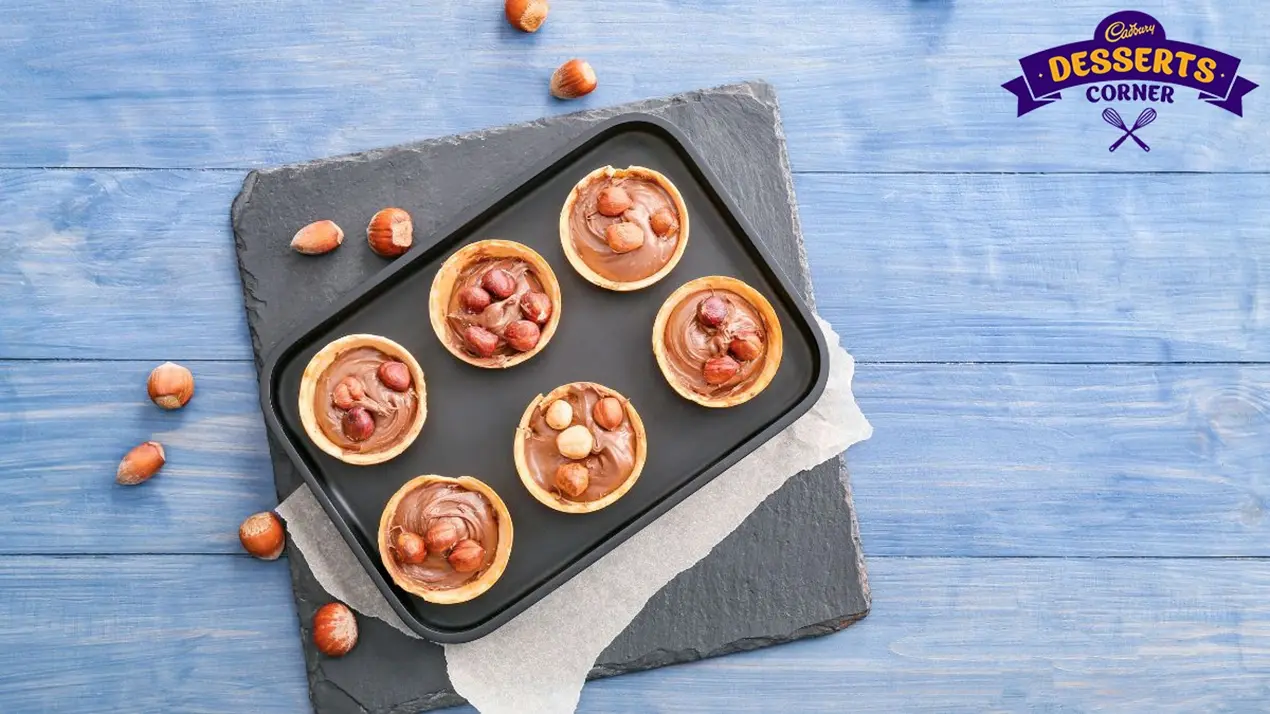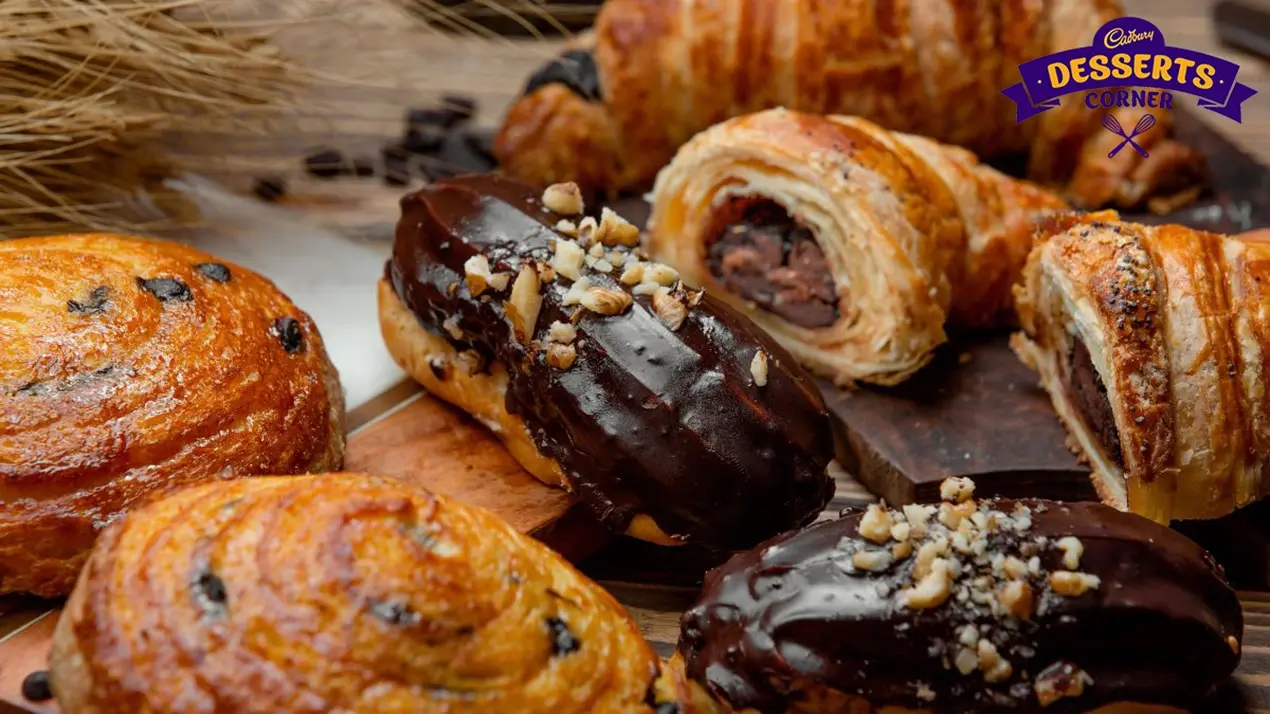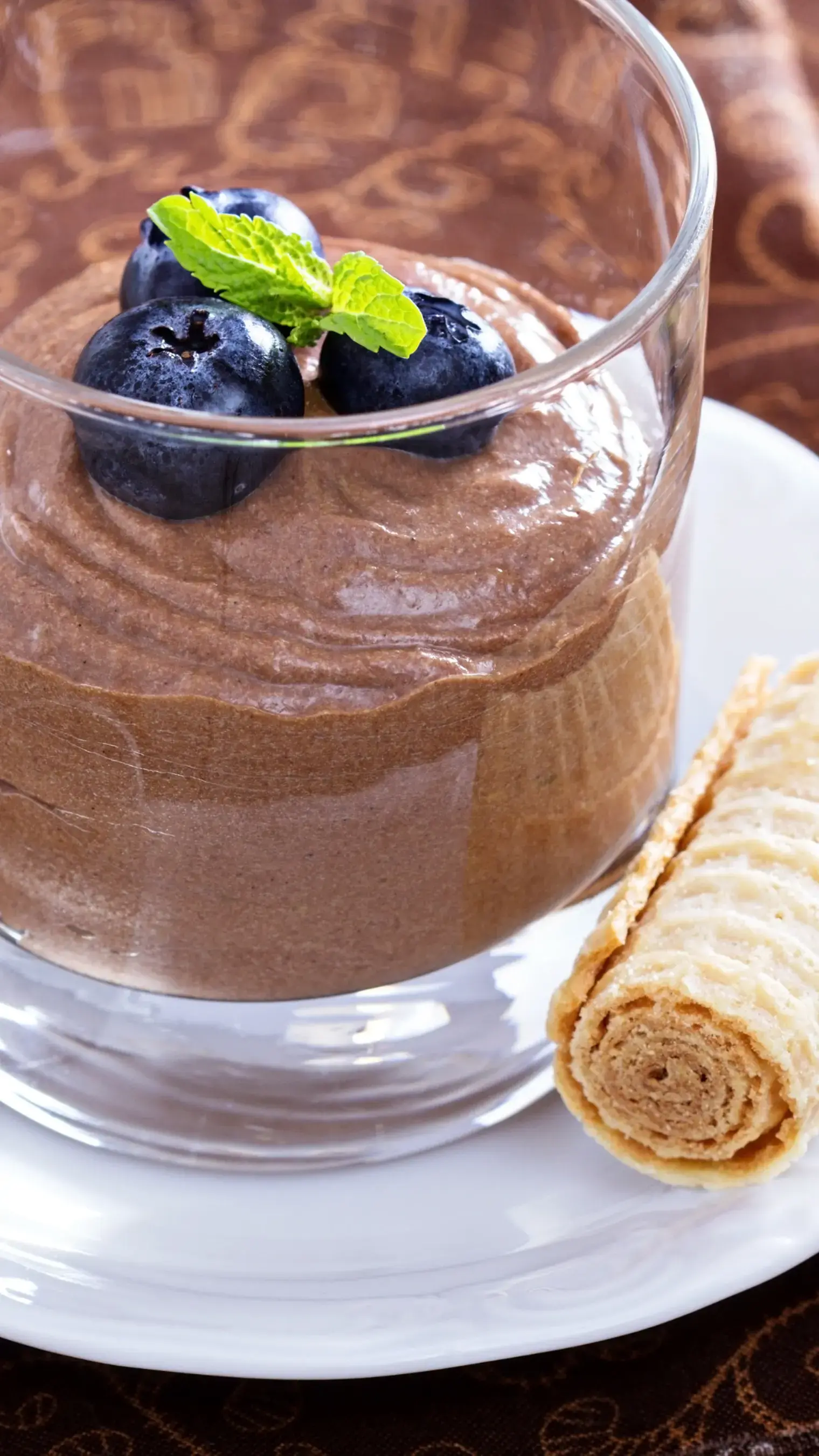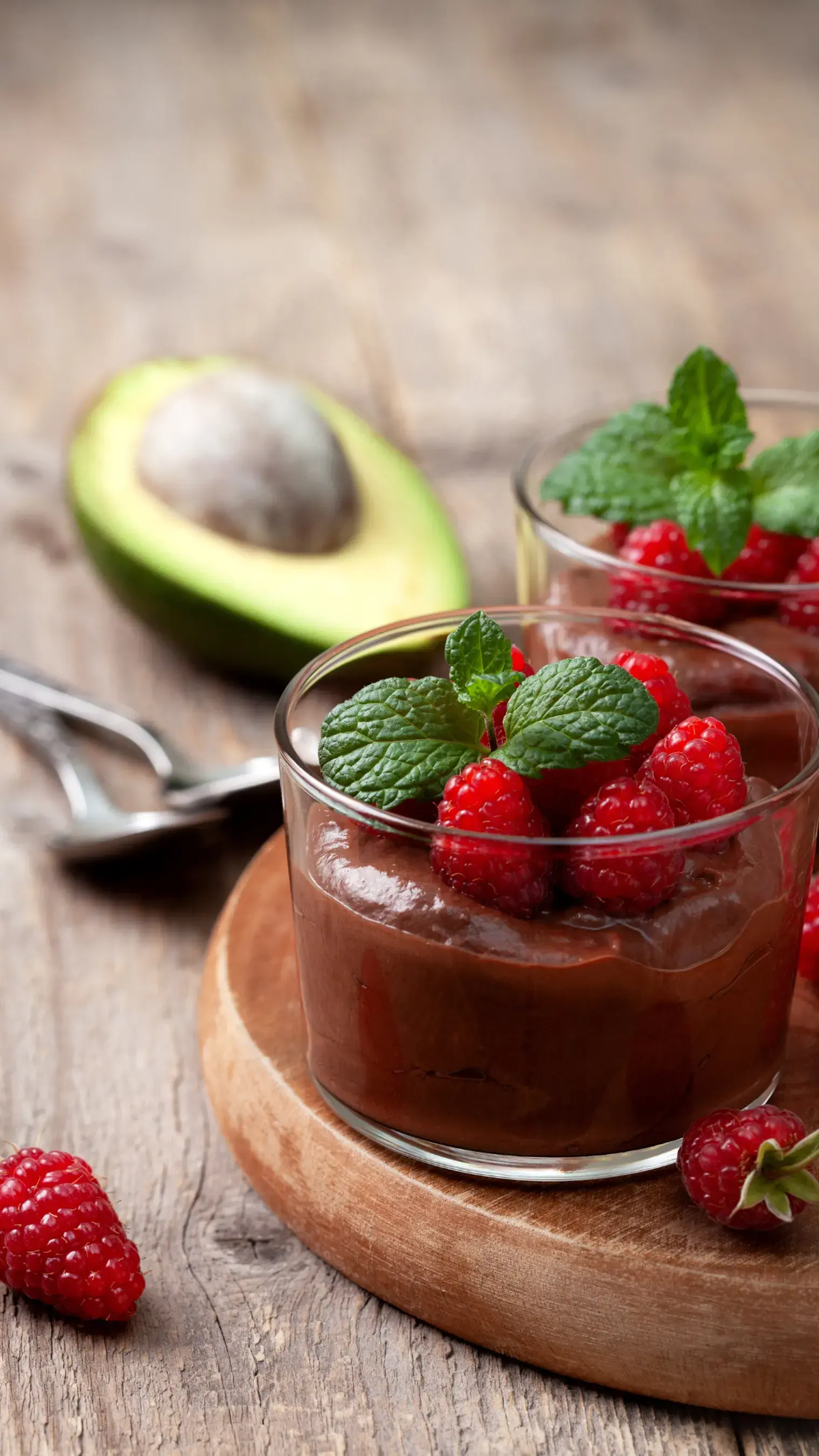- Home
- Articles
- Enjoy this Rich Scottish Delish Dessert Recipe for Dundee Cake and Learn About Its Origins
It’s a traditional Scottish fruit cake that has been around for centuries and now it comes to you as an easy cake recipe at home

If you’re looking for a cake recipe that’s no-frills and is packed with dried fruits and spices, then Dundee cake is the way to go. It’s a traditional Scottish fruit cake that has been around for centuries. We have the perfect homemade cake recipe for you below from Scotland’s highlands.
History of the Dundee Cake
It originated around the 1700s in the city of Dundee, Scotland, where the Kieller marmalade company decided to incorporate leftover Seville orange peels from the marmalade production into cake. Besides Seville oranges, the original recipe also used Spanish sultanas and Spanish almonds, which are placed over the cake in concentric circles. For the cake to be a true Dundee cake, it has to have this pattern of whole, peeled almond decoration. It was around the 1800s when the Kieller company decided to mass produce the cake that could be gifted and even sent abroad to loved ones.

According to another story, the cake was first made for Mary, Queen of Scots, but it was topped with cherries. The queen did not enjoy this cake and asked her kitchen staff to rethink the recipe, which is why cherries were replaced with almonds.
Over time, adjustments and additions have been made to the recipe by adding dried fruits and cherries. However, these additions stray far from the traditional recipe. The Dundee cake can also be veganised and made gluten free for specific dietary requirements. Nowadays you will be able to find it in UK supermarkets. Few people will remember this, but the Dundee cake was also produced by Britannia in the 1980s, but was eventually stopped.
Here is a recipe that you can use, and enjoy the cake with a cup of tea:

Ingredients:
- 200 g flour
- 175 g softened salted butter
- 175 g light brown sugar
- 3 eggs
- Zest of half a lemon
- ½ tsp allspice mix
- 1 tsp baking powder
- 50 g ground almonds
- 50 g Seville orange marmalade
- 1 tbsp milk
- 400 g sultanas
- 50 g blanched almonds
Instructions:

- Preheat the oven to 160 C and grease the bottom and sides of a 20 centimeter springform tin.
- Then add a layer of parchment paper on the outside of the tin. Secure it with cooking twine. This step will prevent the cake from browning too quickly from the side.
- Beat butter and sugar in a large bowl using a handheld mixer until pale and fluffy.
- Then add one egg at a time and mix. Finally fold in the all-spice and lemon zest.
- Sift the baking powder and flour in a large bowl along with ground almonds.
- Loosen the marmalade with milk, then add it to the egg and butters, followed by the flour.
- Next, add the sultanas into the cake batter in two batches. Mix to evenly distribute them throughout the batter.
- Transfer the cake batter into the prepared tin and smoothen with a spatula.
- Arrange the blanched almonds over the top in concentric circles.
- Bake the cake for a total of an hour and 40 minutes. After an hour passes, cover the cake loosely with foil, and bake for 40 minutes.
- Once the cake is done, take it out from the oven and let it cool in the tin.
- After the cake has completely cooled, take it out of the cake tin, remove the parchment paper, and slice it.
- Serve it as a snack or for your evening tea.
Like This Article?
More Like This




Popular Articles




Trending Web Stories
Curated Recipes



















